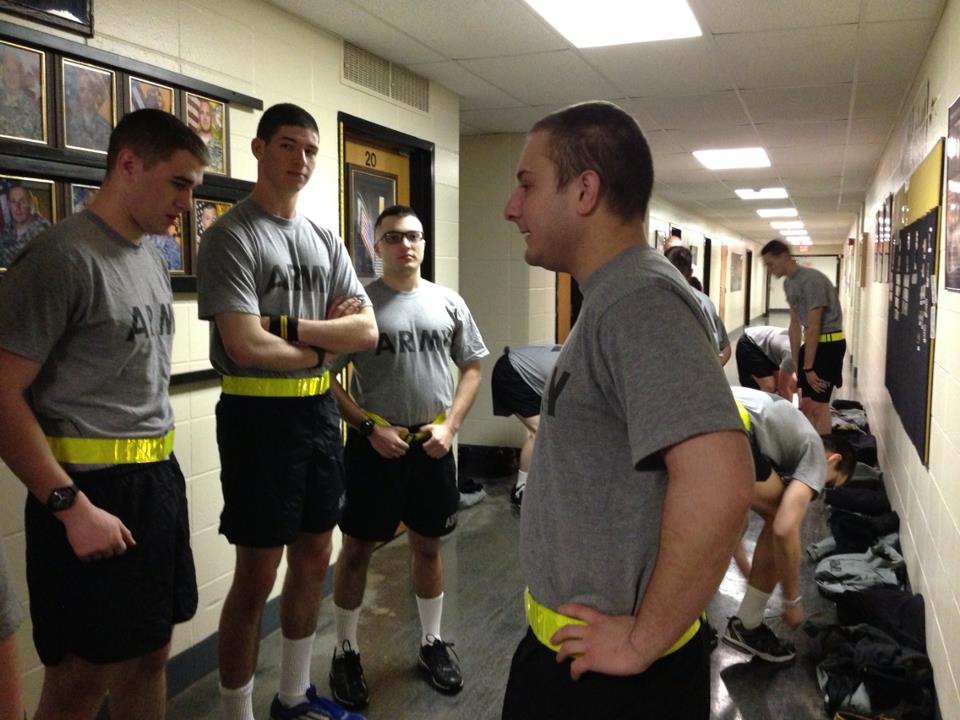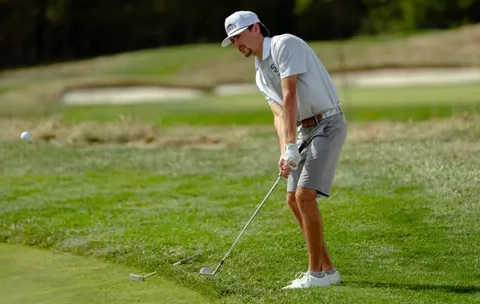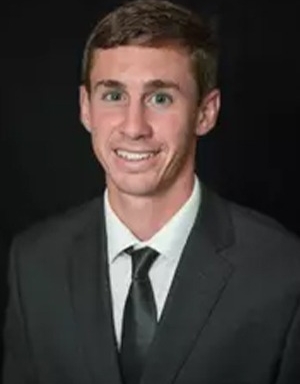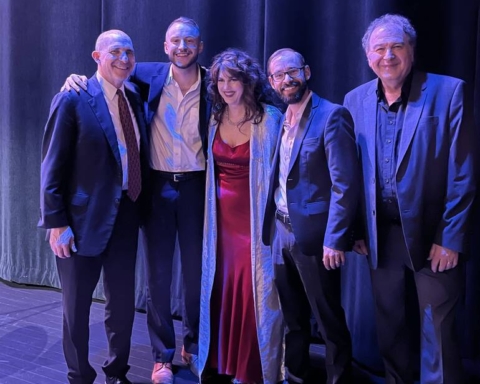By Nate West
News Editor
Even if you go to bed at 10 p.m., 5:45 a.m. the next morning comes too early.
That’s about the time cadets in the Reserve Officer Training Program wake up to head to Physical Training every day.
Wednesday morning it was business as usual as they gathered in the halls outside the Reilly Center arena to get ready for their workout.
They began with a few stretches, after which they were ready to run.
‘Stairs,’ as they call it, was the exercise for Wednesday, and it’s aptly named. The cadets run up and down the red seats in a single-file line. They run up one section, then across to another, run down the stairs and repeat until you reach the other side of the arena. They then run back into the hallway and over to the staring side and do it again. Four more times, actually.
After they’ve weaved five laps, they grab some water. The break is short, however. They quickly circle up and do a series of exercises ranging from planking (staying in push-up position with your forearms on the ground), to diamond push-ups to bicycle crunches.
Then they do some more stairs: four laps all the way down to one, breaking and circling after each series.
Then, finally, they’re done. From there, it’s breakfast. ROTC occupies an entire row of tables in the Hickey. It’s much more casual there, though. Jokes are cracked and friendships are strengthened.
After breakfast, the day is theirs, unless they have a Military Science class, Military Science lab or special event they have to attend.
“Usually we learn aspects of leadership in class, mixed with some training on what we will be doing in lab,” cadet Christian Quetell, a sophomore history major, said. “For example, if for lab we are doing land navigation, in class we brush up on our land navigation skills.”
The classes are led by PowerPoint presentations with slides developed by the U.S. Army, according to Quetell. The cadre also put in their personal stories to enhance the lectures.
“The purpose is to develop our leadership skills in a practical application way to our future job as officers,” he said. “Other aspects the class teaches are Army values that foster the brotherhood soldiers have in the field. A good quote MSG Stites said last class was ‘You’ll learn soon enough that once you’re out there in the field, with the solders you’ve trained and suffered with, that you won’t be looking out for yourself, but for the soldiers to the left and right of you.’ While the class really drills in academic skills, it fosters the centuries old army tradition of fraternity.”
If it’s Thursday, though, the day is not your own. From 2:30 to 4:30 p.m., cadets have lab.
Lab is a time for cadets to strengthen their military skills, the most important of which is leadership, senior cadet Joe Carson said.
There are three main lab exercises that cadets partake in — Sticks, Patrolling and Land Navigation.
Patrolling and Sticks have much in common, but the biggest commonality is learning the operations process. An Op Order, as it’s called by ROTC cadets, is a briefing for cadets containing information for an operation. It’s two pages broken down into five paragraphs: Situation, Mission, Execution, Sustainment and Command and Control, according to Carson.
Situation is as it sounds. It provides background information such as area of interest, who your enemies are, who your allies are and where you will be operating. The Mission paragraph is the shortest, usually only a few lines long. It tells soldiers what they will be doing and what the goal of the operation is. The Execution paragraph is the longest as it requires the most detail. Soldiers use it to understand exactly what they will be doing, in regards to intent of the operation, movement and maneuvering and scheme of fire, Carson said.
Sustainment makes soldiers aware of where they will be getting water, food and medical supplies if necessary. Command and Control gives information which allows soldiers to communicate to each other out in the field without having to worry about being overheard.
Of all the events in the day in the life of an ROTC cadet, Carson said none are more important than the other.
“They all teach leadership, which is a quality every soldier needs,” Carson said. “PT is led by MS 3s so they learn through that. And lab is about teaching cadets leadership. It doesn’t matter whether you’re going to active duty, to the National Guard or reserves — you’re going to need to be a good leader and you’re going to learn that.”









